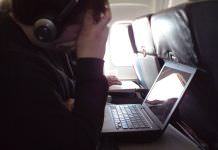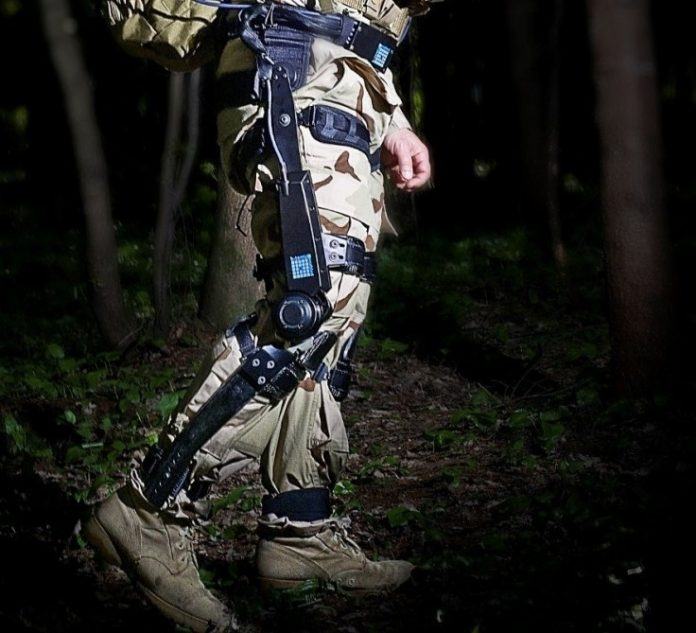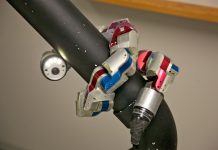The wearable tech which aims to fight exhaustion will not only have military uses.
Soldiers carrying heavy loads up steep hills will soon be able to do so without putting additional stress on their limbs. This follows the successful testing of Lockheed Martin’s Fortis Knee Stress Release Device (K-SRD).
Essentially the device is an exoskeleton designed to drastically lessen leg strain for armed forces walking uphill with weighty loads. According to reports, the devices were tested on a group of four expert participants.
During the study which was conducted by the University of Michigan’s Human Neuromechanics Laboratory, the trained experts wore the Fortis exoskeleton while carrying as much as 40 pounds or roughly around 18kg of weight while walking on a treadmill inclined at 15 degrees. The weigh was carried on the backs of the participants.
The four subjects were told to vary their speeds during the trials to simulate real-life situations. Real-life situations would at times require troops to walk fast and run over rough terrain. The team would also perform the same physically-demanding tasks without any gear.
The final results of both scenarios showed researchers marked differences. While wearing the adaptable exoskeleton, the participants conserved energy. They also showed major reductions in signs of exhaustion. Without the device, participants quickly became exhausted.
Keith Maxwell, the exoskeleton technologies programme manager for Lockheed Martin Missiles and Fire Control said that the results of the study showed K-SRD’s potential to increase mobility for dismounted troops. He added that there was less fatigue when the exoskeleton reduced the effort it took participants while they walked and climbed.
Maxell added that the technology could literally help the military’s fighting men and women to go the extra mile all while carrying mission-essential kit. The device works on Dermoskeleton bionic augmentation technology and resembles Iron Man’s futuristic devices. It uses superior sensors to reduce the total amount of stress on the knees and lower back.
Critical information about the soldier’s speed, direction and angle of movement is collected by the sensors. It is then used by software to create synchronized movement at the motorized knees. At the end of the day the device assists with the knee bend and extension.
It also greatly reduces the energy consumption while soldiers lift or drag weighty loads on inclines or stairs. It is believed that the new technology will have major implications for the military. Included in this is the ability of soldiers to carry more provisions and heavy weaponry over longer distances.
The future of the technology is not only limited to the military for use by soldiers. It could also be used by firefighters, who would have to climb several flights of stairs speedily during emergency situations.
While there has been no word as to when the device is likely to be incorporated, researchers from the University of Michigan have moved ahead with further tests. The next round of tests is hoped to provide feedback on the exoskeleton’s ability to function in urban scenarios including ascending and descending stairs.



















